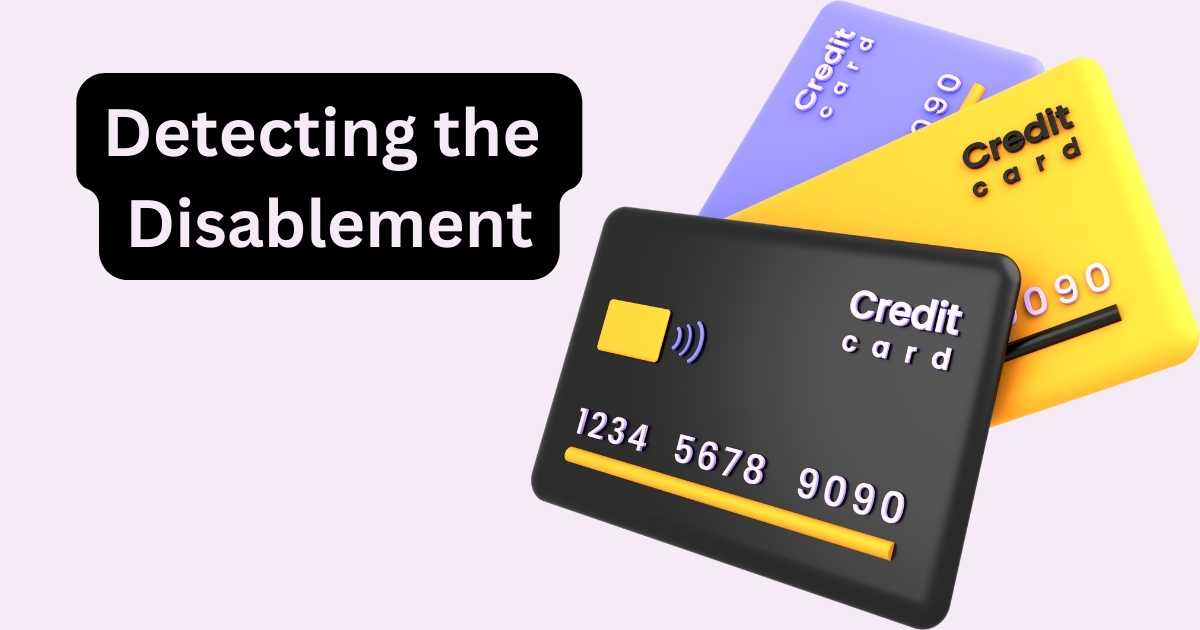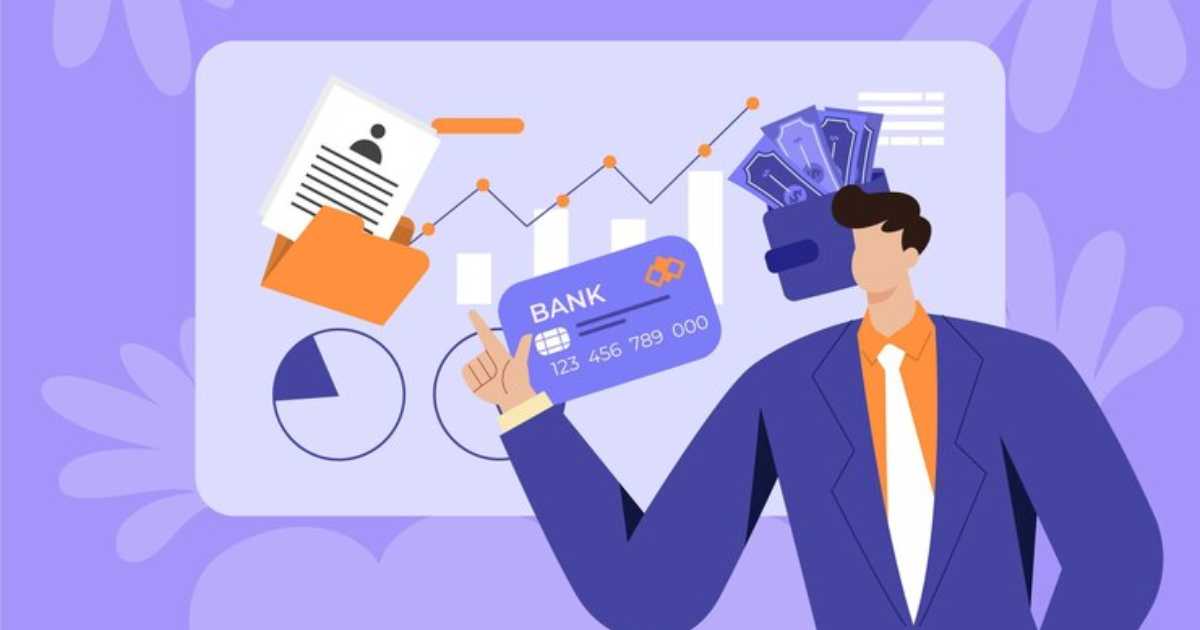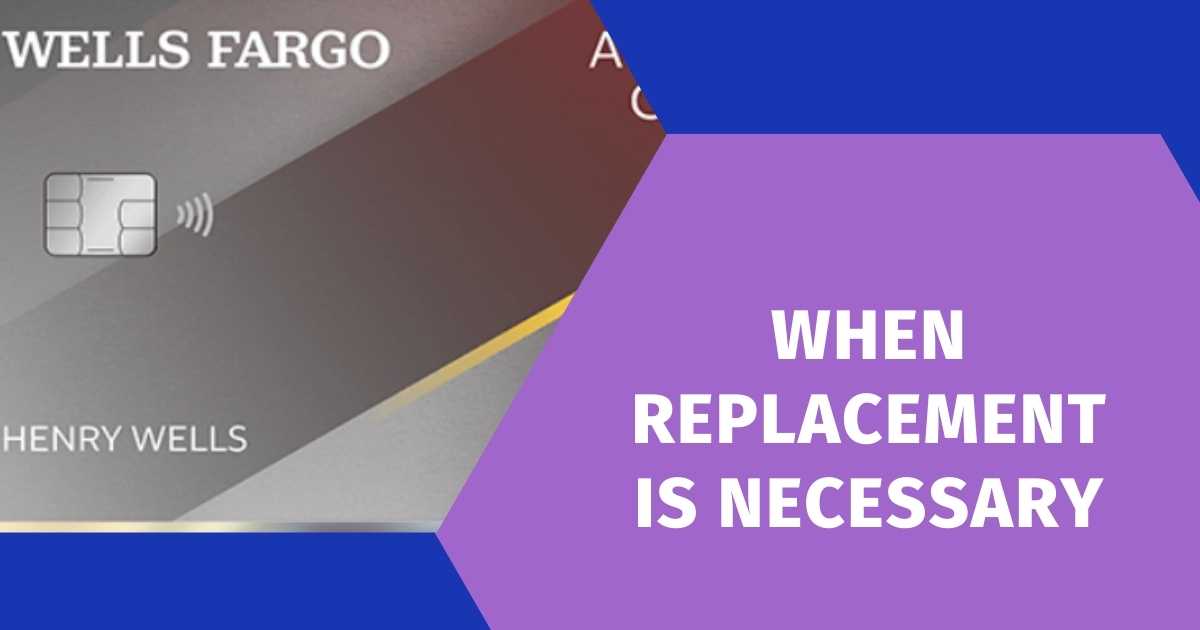Ever had that heart stopping moment when your trusty cash card fails you at the checkout? You’re not alone. In this deep dive, we’ll unravel the enigma of disabled cards and arm you with the know how to get your plastic pal back in action.
Whether it’s your debit card, bank card, or any other cash card, we’ve got you covered. Let’s turn that financial frown upside down!
Common Culprits of a Disabled Cash Card
You’re at the store,a cart full of goodies, and your card decides to play dead. Talk about a buzzkill. But before you panic, let’s unmask the usual suspects behind this financial fiasco.
We’ve got suspicious activity. Banks are like overprotective parents; they’ll shut down your card faster than you can say “fraud” if they spot anything fishy. Made a big purchase in Timbuktu when you’re usually a homebody? That’ll do it.
Next on our list is the classic expired card. Time flies when you’re having fun (or just adulting), and before you know it, your card’s expiration date sneaks up on you. It’s like milk gone bad, but for your wallet.
Don’t forget about insufficient funds. We’ve all been there living large one day, and the next, your account’s as empty as a politician’s promises. Your cash card might just tap out to save you from overdraft shame.
It’s a case of security concerns. Maybe you reported your card lost after a wild night out, only to find it in your other pants. Oops! Your bank’s just playing bodyguard, keeping your funds safe.
Account issues can also throw a wrench in the works. Banks aren’t perfect (shocker, I know), and sometimes their systems hiccup. Your card might get caught in the crossfire of a tech glitch.
Ever heard of inactivity? It’s the “use it or lose it” of the financial world. Some banks will disable cards that have been collecting dust for too long. It’s their way of saying, “Hey, remember me?”
Violations of terms and service can land you in hot water. Breaking the rules isn’t just for rebels it can break your card too. So maybe think twice before using your debit card to fund that underground fight club.
Detecting the Disablement Reason

Now that we’ve lined up our suspects, it’s time to play detective. Here’s how to crack the case of your disabled card:
Recent travel or big purchases: Did you just get back from a shopping spree in Milan? Or maybe you finally bought that life size T Rex statue for your garden? Unusual spending patterns can trigger a security lockdown.
Expiration date check: Take a good look at your card. Is it past its prime? Cards have expiration dates for a reason, and using one that’s over the hill is a no go.
Lost or stolen reports: Did you have a moment of panic and report your card missing, only to find it later? That’ll do it. Banks take these reports seriously, better safe than sorry!
Usage history: When was the last time you took your card out for a spin? If it’s been gathering cobwebs in your wallet, that inactivity might’ve triggered a timeout.
Resolving the Cash Card Conundrum

Alright, detective, now that you’ve gathered the evidence, it’s time to fix this mess. Here’s your game plan:
Ring up your bank: Time to face the music and make that call. Don’t worry, the hold music isn’t that bad. Once you get a human on the line, explain your situation. They’re there to help, not judge your questionable purchase history.
Identity verification: Prepare to prove you’re you and not some crafty impostor. They might ask for your mother’s maiden name, your first pet’s middle name, or the secret handshake you made up in third grade. Okay, maybe not that last one, but you get the idea.
Addressing security red flags: If your card got disabled due to suspicious activity, be ready to explain those eyebrow raising transactions. “No, that wasn’t fraud. I really did need 50 inflatable flamingos for my pool party.”
Update your deets: Make sure your bank’s got your current contact info. If they’ve been trying to reach you on a number you had in college, no wonder there’s been a communication breakdown.
Tackle account hiccups: If there’s been a glitch in the matrix (or just in your bank’s system), work with the rep to smooth things out. Sometimes, a simple account refresh can work wonders.
Additional Tips for a Speedy Resolution
Want to fast track your way to card reactivation? Here are some pro tips:
Info gathering: Before you make that call, get your ducks in a row. Have your card number, recent transactions, and any relevant details at your fingertips. It’s like prepping for a financial pop quiz.
Patience is a virtue: Keep your cool with customer service. They’re humans too (mostly), and a little kindness goes a long way. Who knows, you might even make a new phone friend!
Follow up finesse: Don’t be shy about checking in if things aren’t resolved quickly. A polite nudge can keep your case from falling through the cracks.
Document everything: Keep notes on who you talked to, when, and what was said. It’s like creating a paper trail, but without the actual paper. Welcome to the digital age!
Be Mindful of Card Usage Limits
To keep your cash card in fighting shape, you’ve got to know the rules of engagement. Here’s the lowdown:
Most cards come with daily and monthly spending caps. It’s like a financial speed limit exceed it, and you might find yourself stalled on the side of the money highway. Check with your bank to know your limits. And remember, what happens in Vegas might stay in Vegas, but it still counts towards your spending limit!
Keep your contact info fresh with your bank. No ghosting allowed! If they can’t reach you to verify that suspicious purchase of a lifetime supply of gummy bears, your card might get the chop.
Also Read This Post:
A COMPREHENSIVE GUIDE TO THE COREDY WIFI EXTENDER
When Replacement is Necessary

Sometimes, you’ve just got to know when to fold ’em. If your card is beyond saving, here’s what to expect in the replacement process:
The cost of a fresh start: Replacement fees are a thing, folks. They usually range from $5 to $25, depending on your bank and how fancy your card is. Think of it as the price of financial rebirth.
Delivery lowdown: Your new plastic pal typically takes 3 10 business days to arrive. Plan accordingly, and maybe keep some cash on hand for emergencies. Or, you know, start that bartering system you’ve always dreamed of.
Activation station: When your shiny new card arrives, you’ll need to breathe life into it. This usually involves a quick phone call or online activation. It’s like saying “Open Sesame,” but for your money.
Beyond the Basics: Advanced Troubleshooting
Still stuck? Time to pull out the big guns:
System outage sleuthing: Sometimes, it’s not you, it’s them. Check your bank’s social media or website for any reported outages. You might just be caught in a tech tornado.
The dispute resolution dance: If you believe your card was wrongly disabled, don’t be afraid to dispute it. Gather your evidence, put on your game face, and present your case. It’s like being a lawyer, but with less courtroom drama.
Escalation tactics: When all else fails, it’s time to climb the corporate ladder. Ask to speak with a supervisor or the fraud department. Sometimes, you need to go over a few heads to get results.
Conclusion
There you have it, folks, the ultimate guide to navigating the treacherous waters of disabled cards. From mysterious deactivations to triumphant reactivations, you’re now armed with the knowledge to tackle any cash card crisis.
Disabled cards aren’t the end of the world. It’s just a bump in the road on your financial journey. Stay vigilant, keep your cool, and don’t be afraid to advocate for yourself. Your card will be back in action before you know it, ready to tackle everything from grocery runs to impulse buys of questionable garden gnomes.
FAQ’s
Can I reactivate my disabled card online?
It depends on your bank. Some offer online reactivation through their website or app, while others require a phone call. Check your bank’s online services first. If you don’t see an option there, you’ll need to call customer service to reactivate your card.
How long will it take to reactivate my card?
Reactivating your card can be quick or take a few days, depending on the situation. In many cases, a simple phone call can get your card working again in minutes. If there are complications like suspected fraud or account issues, it might take a few business days.
What if I can’t remember my PIN?
Forgot your PIN? Don’t sweat it, it happens to the best of us! Here’s the scoop: Most banks offer a few ways to reset your PIN without breaking a sweat. You might be able to do it online through your bank’s website or mobile app. It’s usually pretty quick and painless. If that’s not an option, give your bank a call. They can often help you reset it over the phone or guide you through the process at an ATM.
I lost my cash card. What should I do?
Lost your cash card? Don’t panic, act fast! Call your bank immediately to report it lost and freeze your account. They’ll guide you through the next steps, including ordering a replacement card and checking for any unauthorized transactions.
Is there a difference between a disabled card and a lost/stolen card report?
A disabled card is like hitting pause on your plastic. It’s temporary and often fixable. A lost/stolen card report, on the other hand, is the nuclear option: it permanently deactivates your card and triggers a replacement. Think of it as the difference between your card taking a quick nap versus being sent to the great wallet in the sky.
Can I still use a disabled card for online transactions?
Can you still shop online with a disabled card? It’s a bit of a toss up. While some banks might allow certain pre authorized payments to sneak through, most online transactions will likely be blocked. Your best bet is to give your bank a ring and get the lowdown on what’s allowed. It could save you from a frustrating cart abandonment moment!

I am a content writer with three years of experience, specializing in general world topics. I share my insights and knowledge on my personal blog, “generalcrunch.com”, providing informative content for my readers.